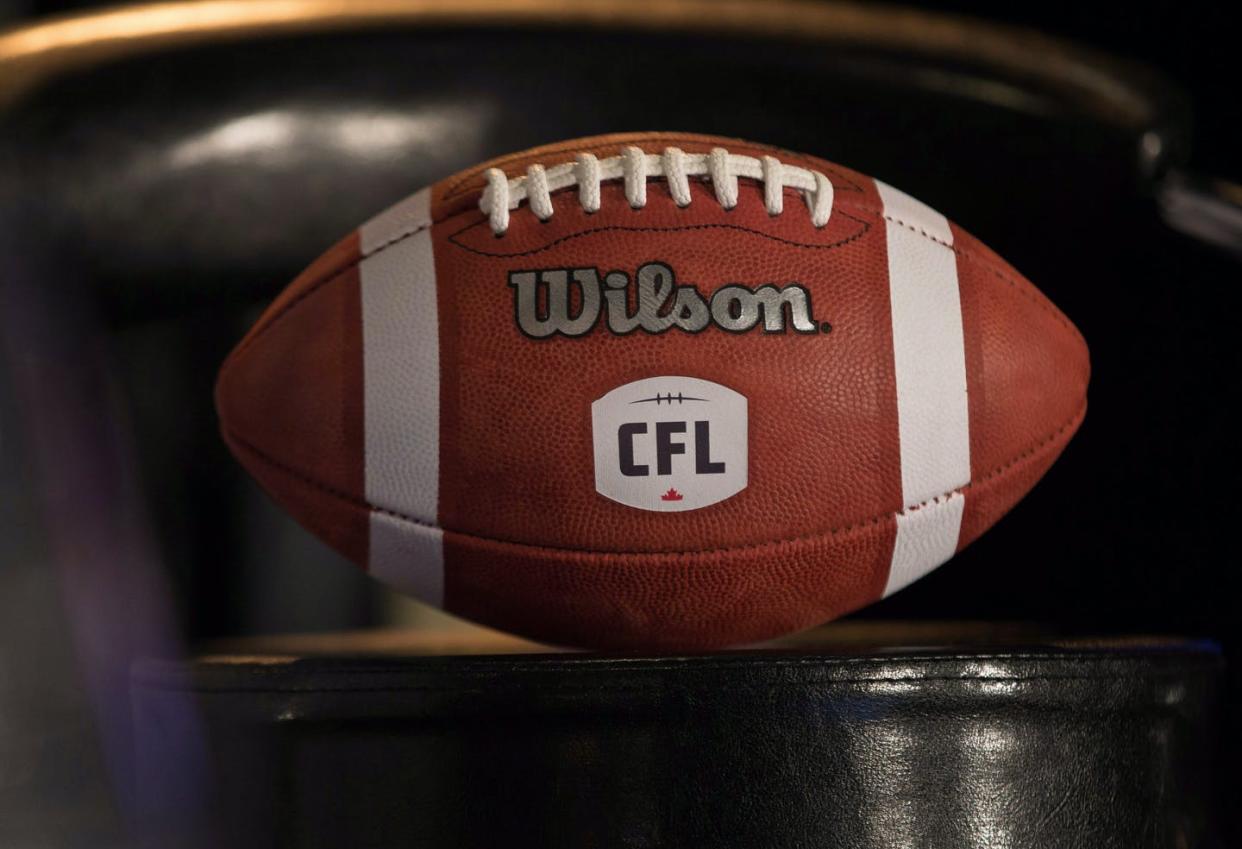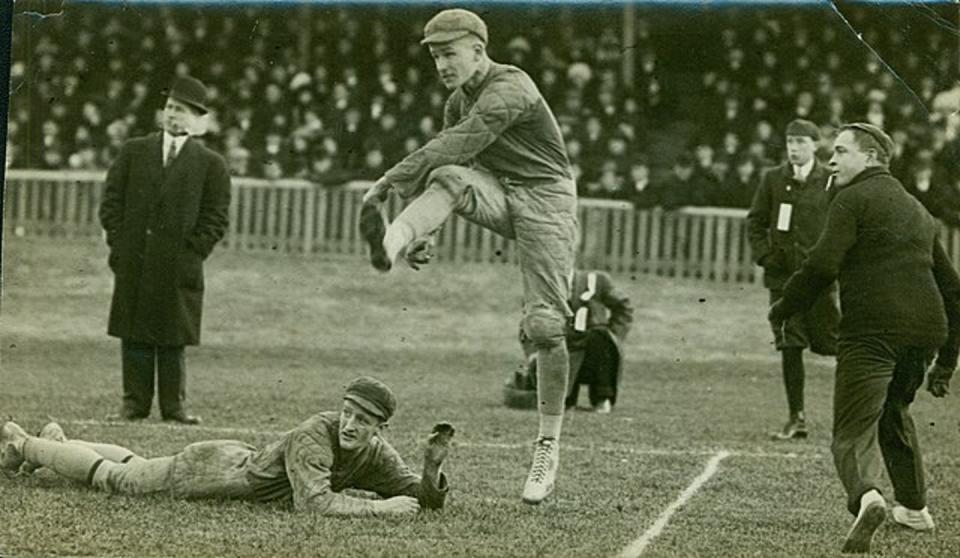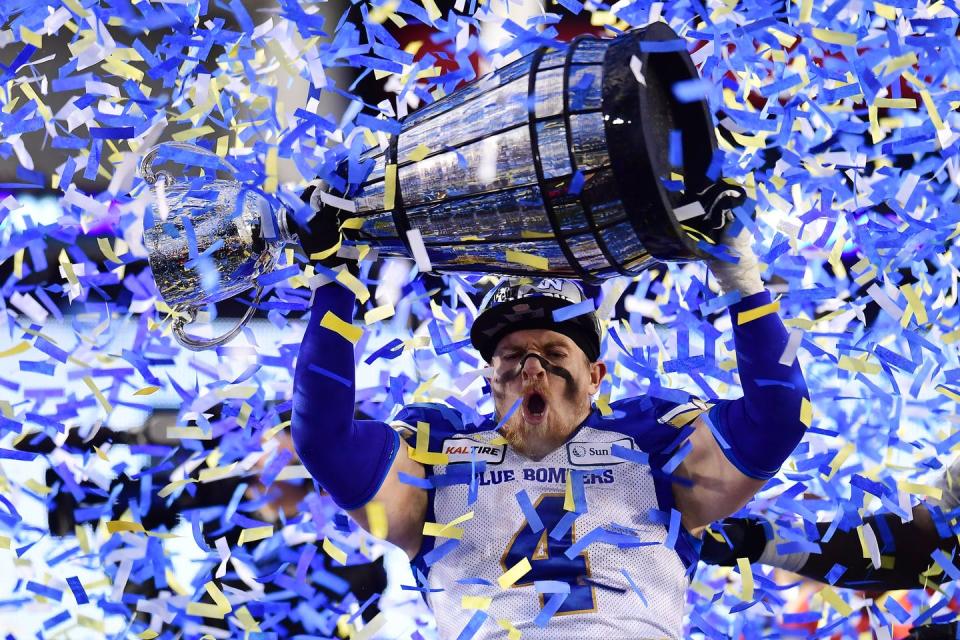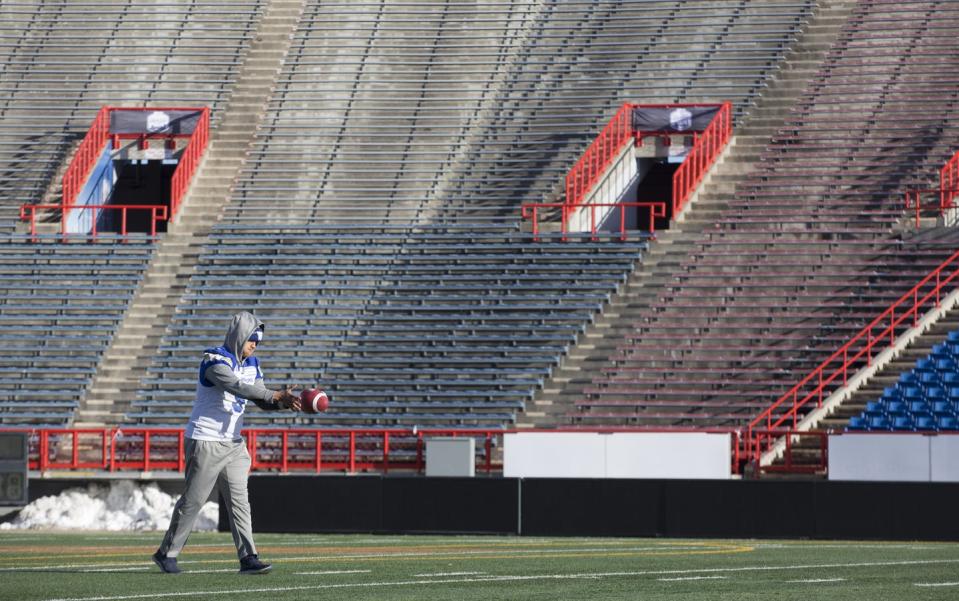It’s time to have a serious conversation about the future of Canadian football

The urgent human and social toll of COVID-19 has rightly consumed the attention of our country for the past 15 months.
But a story that has been overlooked is the profound impact on community institutions. Thousands of educational, arts, sports and recreation organisations have not survived the pandemic, while others are still teetering.
One of the institutions at risk is the Canadian Football League. A serious national conversation about its future is urgently required.
The prominence of the CFL
The history and scope of the CFL is unique in Canada. Its roots go back to the 1860s with the first game being played at the University of Toronto and its evolution is tied to Canadian rugby. The first Grey Cup was awarded in 1909. With over 50 per cent of the players required to be Canadian, it was the first — and remains one of the only — institution that embeds Canadian content as core to its business model.
The role of Canadians playing a Canadian game in Canada clearly has appeal because in 2019, almost four million tickets were sold to CFL games. Many may be surprised that in North America, CFL game day attendance is only exceeded by the National Football League and Major League Baseball.
For most CFL cities that have both National Hockey League and CFL teams, the CFL team’s season ticket-holder base dwarfs its NHL counterparts. And one-third of Canadians tuned in to watch the last Grey Cup.
For all these reasons, no other institution in the country comes close to rivalling the CFL’s historic and cultural roots.

A gate-driven league
The difficulty is that unlike many of the larger professional sports leagues, the CFL is a league dependent on having paying fans in the stadium.
A majority of CFL revenues are tied to game day sources (tickets, parking, concessions). In comparison, only 18 per cent of the revenue from the NFL’s Washington franchise comes from game day.
CFL teams are small, mostly locally owned businesses. As a result, few were surprised that the CFL was one of the only professional leagues forced to cancel its entire 2020 season. With no revenues, the league lost an estimated combined $60-80 million. Even with the recent announcement that the league intends to proceed with a 14-game season this summer, serious questions remain about its future.
In looking for a path forward, the CFL is considering the ultimate hail mary pass: The XFL.
Is the XFL a solution to the CFL’s problems?
The XFL is a United States-based football league and, like every attempt to establish a competitor to the NFL since the 1970s, has been an unquestionable failure.
The XFL’s first iteration lasted one season. It was best summed up by broadcaster Bob Costas, who characterized it as a combination of high school football and a strip club. The XFL tried again in 2020 and lasted five games before declaring bankruptcy during the pandemic.
In August, the remains of the defunct XFL were purchased for $15 million by a consortium led by professional wrestler and movie star Dwayne (The Rock) Johnson. The assets of the entire XFL were valued at less than 10 per cent of the CFL’s revenue.
In early March, the CFL and XFL announced that they were discussing a potential partnership. What exactly does this mean? No one knows.
With nondisclosure agreements signed by both the CFL and XFL, the lack of community engagement is deafening.
This type of backroom negotiating reflects a perception that some CFL owners and administrators view these historic community assets as their assets. A similar approach was seen earlier this year with the debacle called the European Super League. This backroom deal, that would tear apart the historic roots of European soccer, lasted less than 48 hours and collapsed after enormous community backlash.

CFL owners and senior administration must recognize they are not only owners, they are also caretakers of an historic institution.
With this role comes responsibility to be open and engage their communities in a real conversation. With no public engagement, the CFL has so far shirked that responsibility.
Where from here?
This XFL hail mary was triggered solely by the pandemic. Today, many owners would argue they are pursuing this partnership to save, not destroy the legacy of the CFL.
However, anyone who understands negotiations, understands the importance of having core principles, supported by a range of viable strategic options. These options provide the essential strength to not compromise one’s principles.
It is imperative that the federal and provincial governments engage because these negotiations are not about football, they are about a historic institution whose roots date to Confederation.
Governments in Canada have long backstopped organizations from General Motors and Bombardier, to Air Canada and Cirque du Soleil deemed too big to fail. As a historic institution, the CFL is too important to fail or sell out to simply survive.

Interest-free bridge loans from governments would give the league the stability to explore a variety of post-pandemic business models, one being the XFL. This government backstop should also come with conditions.
The first that CFL owners and senior administration must assume their role as caretakers. This would involve being transparent and engaging their communities as real partners. The second condition is that there are core characteristics, such as Canadian content and unique rules, that make the CFL a historic cultural institution and these principles cannot be traded away for a quick cash infusion.
The impacts of the pandemic on our communities and country will be felt for generations. Now is the time to reflect on what is irreplaceable.
The history and culture embodied in the CFL cannot be replaced. The time is now for the league to step up to engage their communities and the nation in an important conversation. The decisions they will make are about far more than football.
This article is republished from The Conversation, a nonprofit news site dedicated to sharing ideas from academic experts. It was written by: David J Finch, Mount Royal University.
Read more:
How sports fans respond to their teams’ wavering odds of winning
How portrayals of the NFL are shaping criminal justice reform
David J Finch has previously conducted research for Calgary Sports and Entertainment Corporation.


